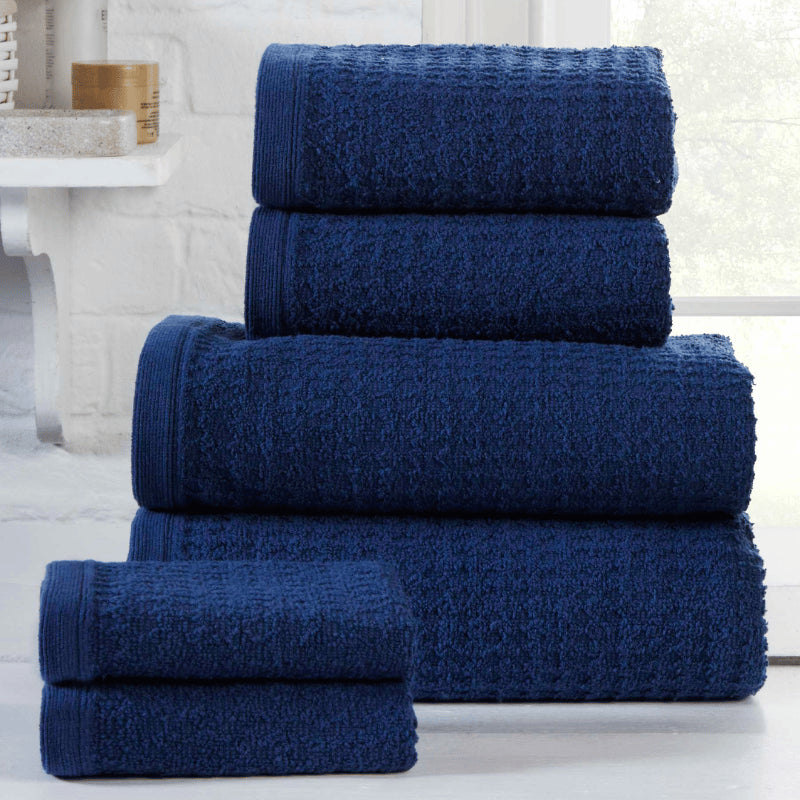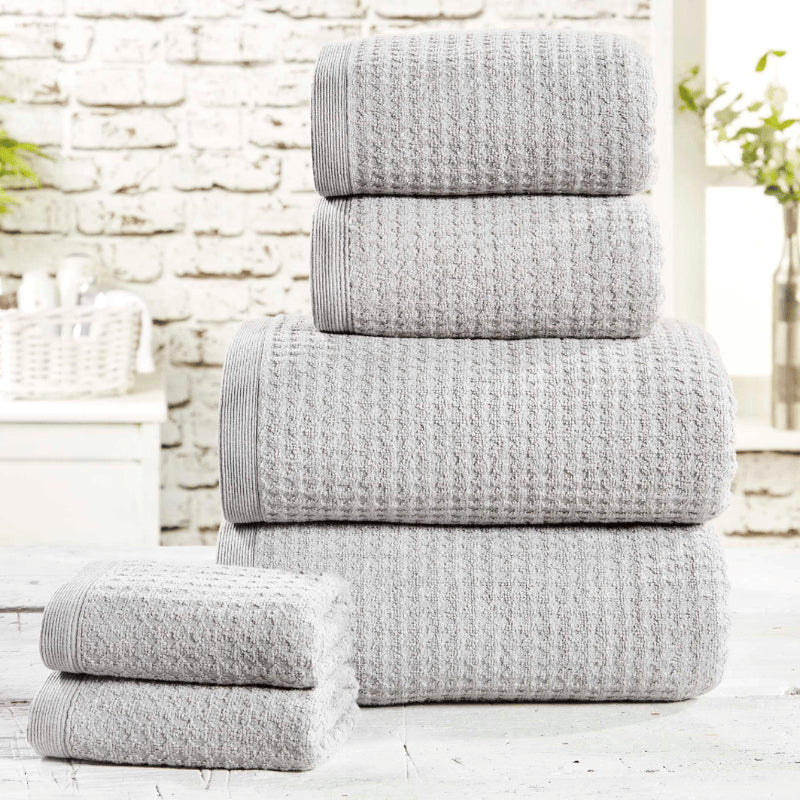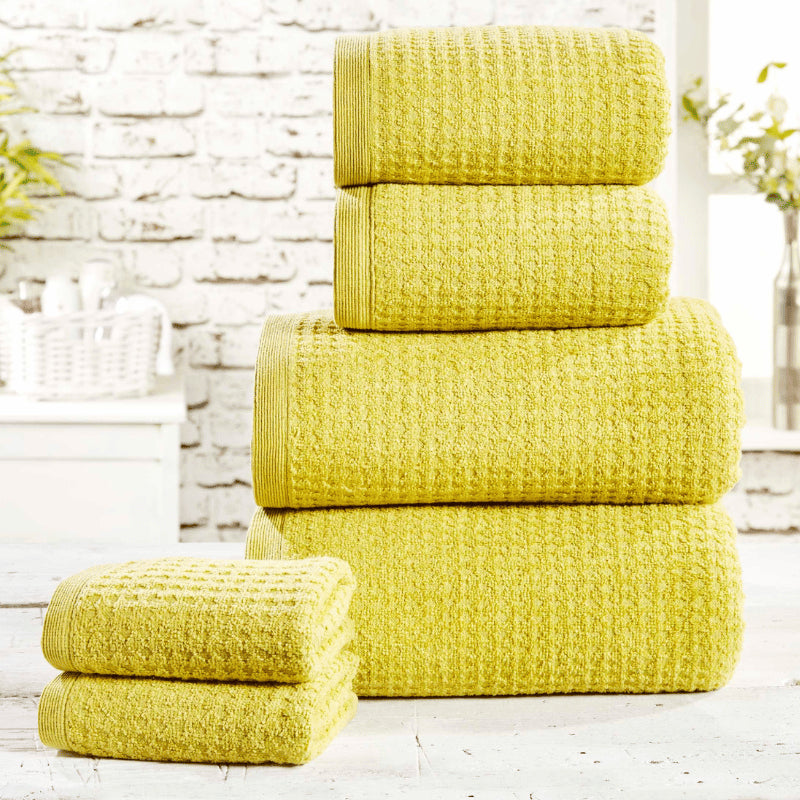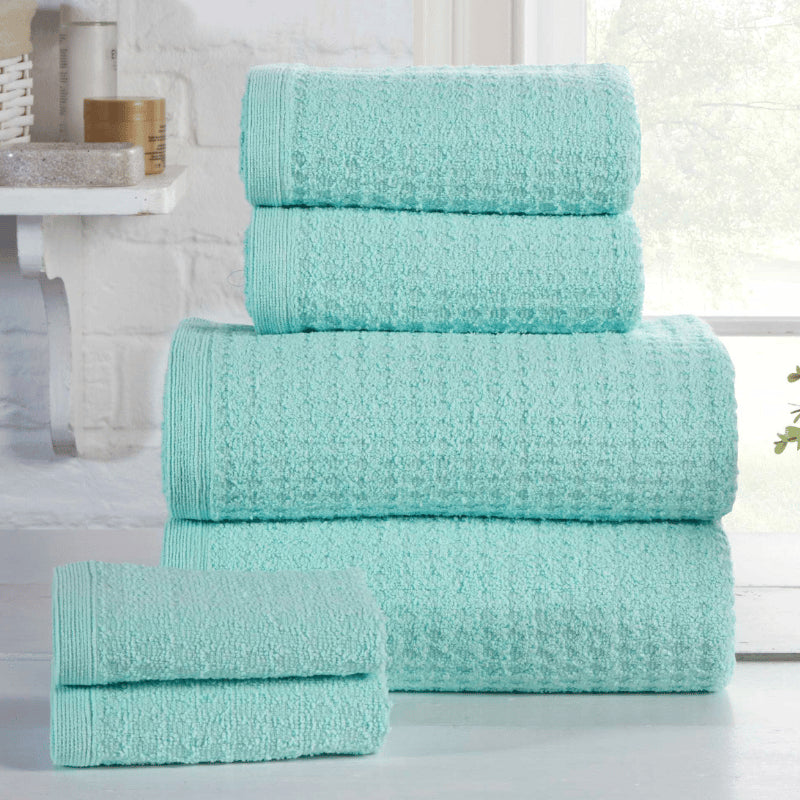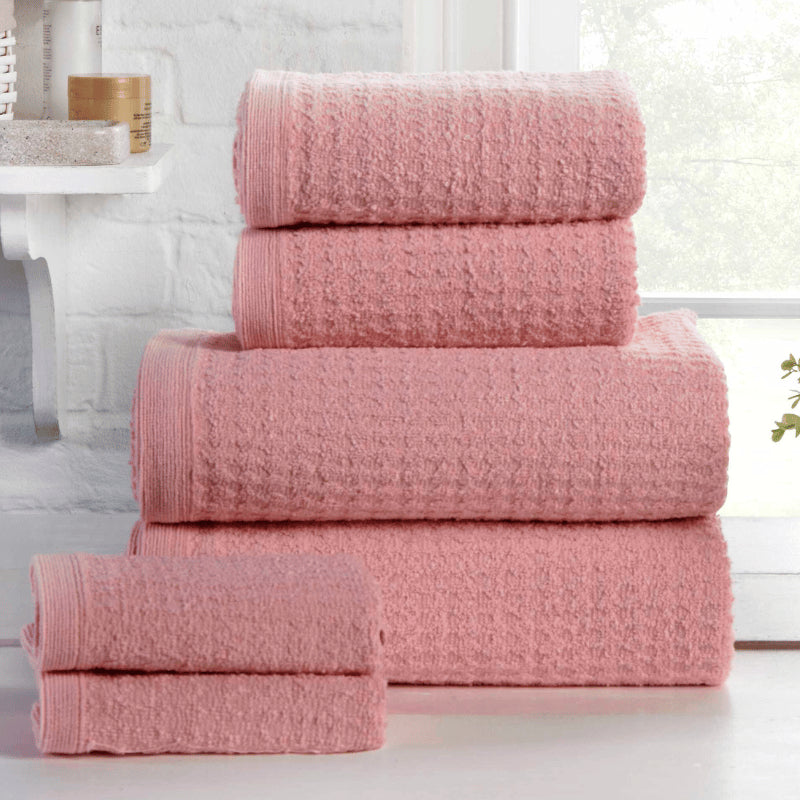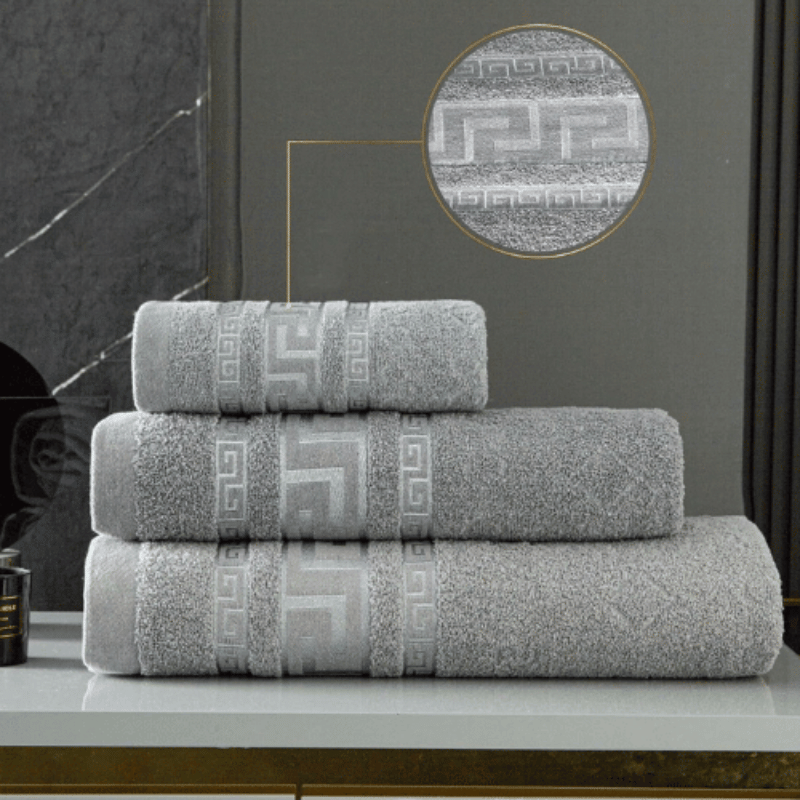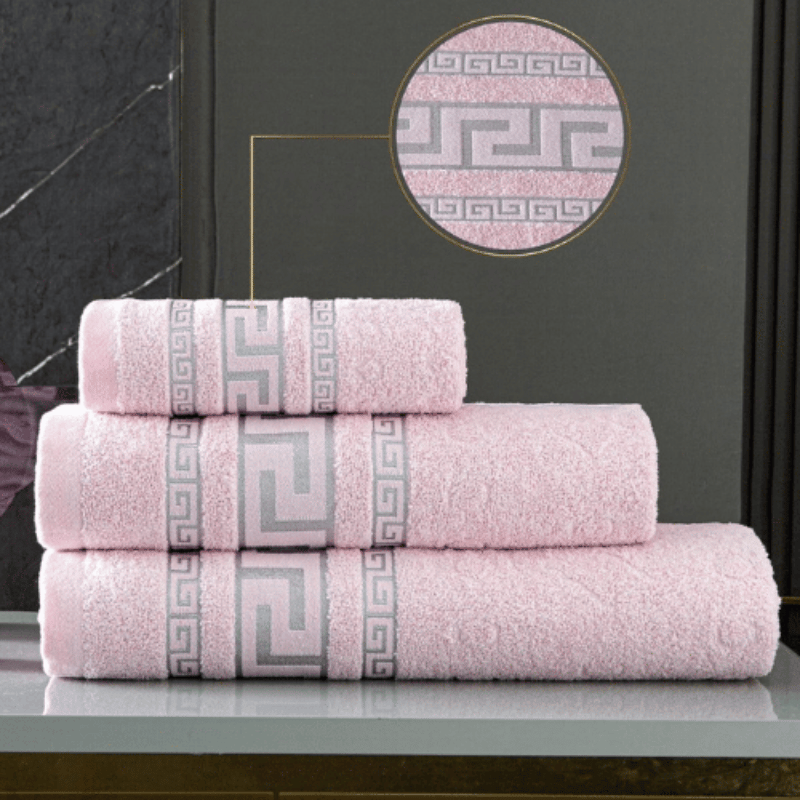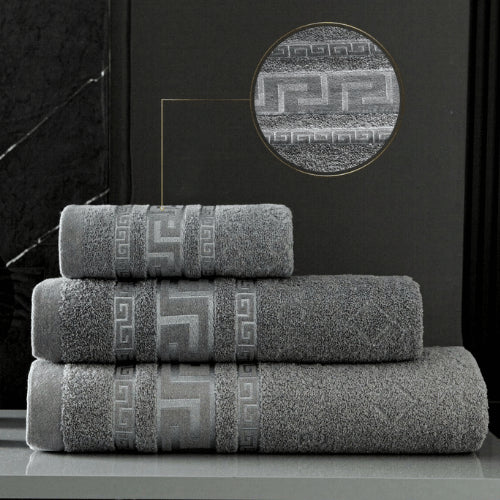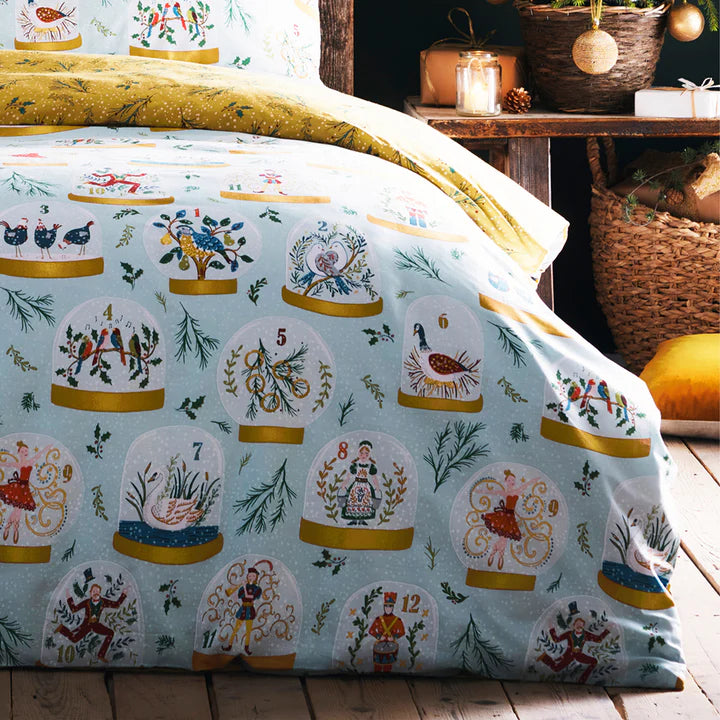If you share your bed with your furry friends, you know how comforting it can be to snuggle up with them at night. However, pet hair, dander, dirt, and the occasional accident can make keeping your duvet cover clean a challenge. Regular maintenance is essential to ensure your bedding stays fresh, hygienic, and free from allergens. In this blog, we’ll explore the best ways to clean and maintain your duvet cover when you have pets, so you can enjoy a cosy, pet-friendly sleeping space.
1. Choose a Pet-Friendly Duvet Cover
Before diving into cleaning methods, it’s important to select a duvet cover that can withstand the wear and tear of pet ownership. Here’s what to look for:
- Machine-Washable Fabrics – Opt for materials like cotton, microfiber, or linen, which are easy to clean and durable.
- Tightly Woven Fabrics – A high-thread-count cotton duvet cover helps prevent pet hair and dander from embedding into the fabric.
- Dark or Patterned Colours – Lighter fabrics show pet hair and stains more visibly, so darker colours or patterns can help disguise fur between washes.
- Scratch-Resistant Materials – If your pet has sharp claws, avoid delicate fabrics like silk or satin, which can easily tear.
2. Regularly Remove Pet Hair Before Washing
Pet hair can clog washing machines and stick to fabric even after a wash cycle. To prevent this, follow these steps before tossing your duvet cover into the laundry:
- Use a Lint Roller or Tape – Quickly remove loose pet hair by rolling a lint roller over the fabric.
- Shake It Out – Take your duvet cover outside and give it a good shake to remove excess fur.
- Use a Rubber Glove – Lightly dampen a rubber glove and run it over the fabric to attract hair.
- Dryer Trick – Place the duvet cover in the dryer on low heat for 10 minutes with wool dryer balls or a damp washcloth to loosen embedded pet hair before washing.
3. Wash Your Duvet Cover Properly
Once the pet hair is removed, it’s time to wash your duvet cover thoroughly. Follow these steps for a deep clean:
a. Read the Care Label
Always check the washing instructions on your duvet cover to determine the best water temperature and cycle setting.
b. Use Pet-Safe Detergent
Harsh chemicals and strong fragrances can irritate your pet’s skin. Use a mild, fragrance-free detergent that is hypoallergenic and pet-friendly.
c. Add White Vinegar or Baking Soda
For extra freshness and odour removal, add ½ cup of white vinegar or ¼ cup of baking soda to the wash. These natural deodorizers help eliminate pet smells and break down stains.
d. Wash in Warm or Hot Water
If your duvet cover allows, wash it in warm or hot water (at least 60°C/140°F) to kill bacteria, dust mites, and allergens.
e. Run an Extra Rinse Cycle
To ensure all detergent, dander, and pet hair are completely removed, run an additional rinse cycle.
4. Drying Your Duvet Cover Correctly
Proper drying prevents fabric shrinkage and keeps your duvet cover soft and fresh. Follow these steps:
- Use a Low Heat Setting – High heat can weaken fabric fibres, so dry your duvet cover on low or medium heat.
- Add Dryer Balls or Clean Tennis Balls – These help fluff the fabric and prevent pet hair from sticking.
- Hang Dry When Possible – If the weather allows, line drying outdoors keeps fabric fresh and naturally deodorized.
5. Dealing with Pet Stains and Odours
Accidents happen! Here’s how to tackle common pet stains on your duvet cover:
- Urine Stains – Blot with paper towels, then mix equal parts vinegar and water, apply to the stain, and sprinkle with baking soda. Let it sit before washing.
- Mud and Dirt – Allow the stain to dry, brush off excess dirt, then pre-treat with stain remover before washing.
- Drool and Oils – Dab with mild dish soap and warm water before laundering.
For persistent odours, soak the duvet cover in a mixture of cold water and baking soda for an hour before washing.
6. Preventing Future Pet Messes
To keep your duvet cover cleaner for longer, consider these preventative measures:
- Use a Pet Blanket – Place a designated pet blanket over your bedding to catch fur and dirt.
- Brush Your Pet Regularly – Reducing shedding through frequent brushing helps minimize hair accumulation.
- Trim Your Pet’s Nails – Keeping nails short prevents accidental snags and tears in the fabric.
- Wash Your Pet’s Paws Before Bed – Wiping paws removes dirt and allergens before they transfer onto your bedding.
7. How Often Should You Wash Your Duvet Cover?
If you have pets, aim to wash your duvet cover more frequently than usual:
- Once a week – If your pet sleeps on the bed every night.
- Every two weeks – If your pet only occasionally naps on your bed.
- Immediately – If there’s an accident, stain, or excessive shedding.
For added freshness, lightly mist your duvet cover with a fabric refresher spray between washes.
Final Thoughts
Owning pets doesn’t mean you have to sacrifice a clean and comfortable bed. With regular maintenance, proper washing techniques, and a few smart preventative steps, you can keep your duvet cover looking fresh and fur-free.
By choosing a durable, machine-washable duvet cover, removing pet hair before washing, and addressing stains promptly, you can enjoy a cosy and hygienic sleeping space—without worrying about pet messes.
So go ahead and snuggle up with your furry friend, knowing your bedding is clean, fresh, and pet-approved!
Tell us how you keep your bedding clean in the comments below ↓
